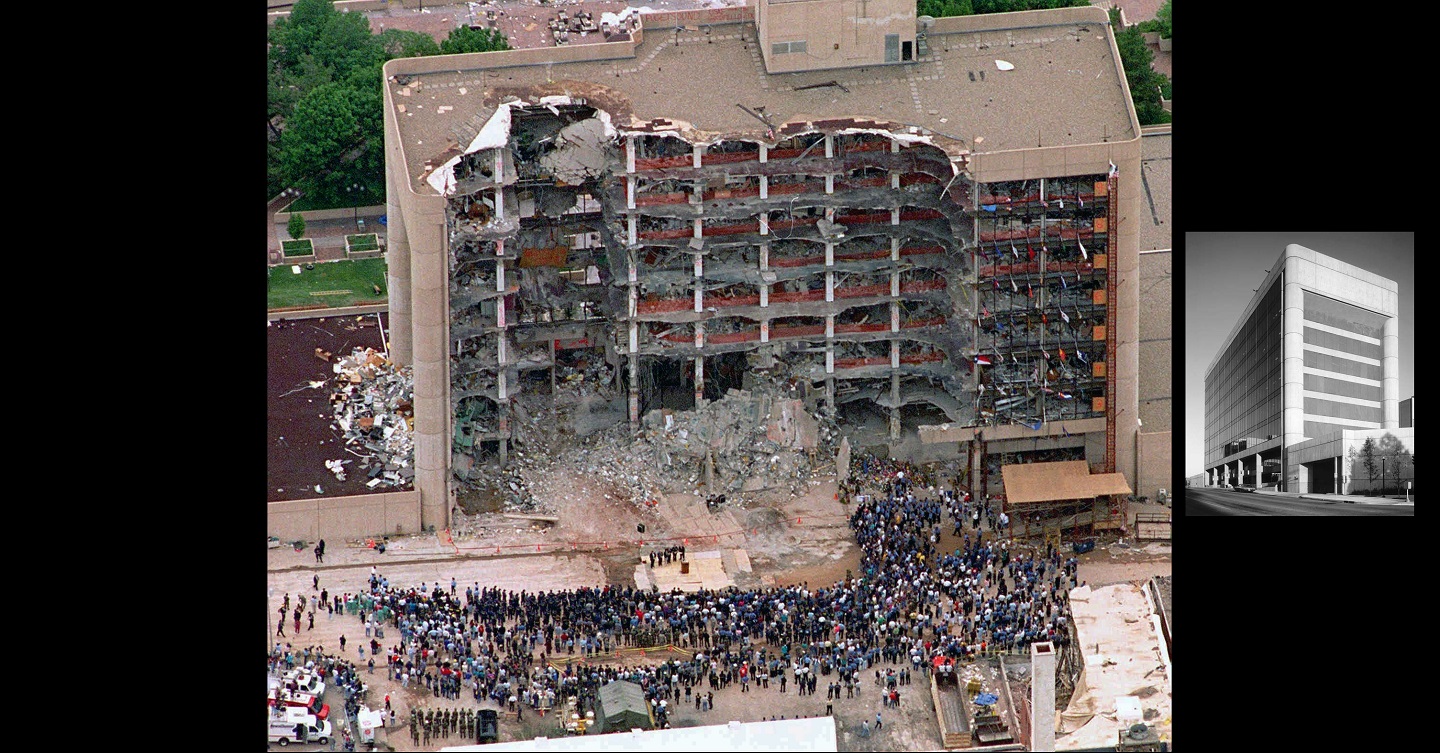UPDATED: 1450/15 Dec 2020
A BETTER PEACE welcomes Robert Payne to discuss the radicalization of U.S. military members, particularly in the Army. Payne joins podcast editor Ron Granieri in the virtual studio to examine how individual members of the Army are radicalized and what the service and law enforcement need to do to defeat the problem. Their conversation covers how extremism finds its way into the ranks and how this isn’t a new phenomena.
EDITOR’S NOTE – At approximately 12:15 in the discussion a crucial data point was omitted seemingly creating a math error when COL Payne cites “15% of an extremist database having military service.” To clarify the numbers we’ve included the original source data from COL Payne’s research below.
The database contained 2,148 extremists who had radicalized to violent and non-violent extremism in the United States from 1948 to 2017, coded by ideology. PIRUS noted 922 far-right extremists have made up the most extensive ideological base with 496 Islamist extremists prevalent after the September 11, 2001 attacks.36 The PIRUS research found 230 (15.8 percent) of 1,456 extremists possessed military experience in the database, while 192 (18.9 percent) were connected to DT ideologies and thirty-eight (8.7 percent) to Islamist ideology.37 The PIRUS researcher noted 692 (32.2 percent) of the 2,148 extremists in the database could not be verified as having military service or not having military service based on open source research and public records. Therefore, the primary researcher offered the number of extremists in the PIRUS project with military service would likely be higher with some uncertainty of the actual percentage.
The statistical population of the U.S military that have become terrorists is very small but of the U.S terrorist population…within the US population, there is a higher statistical number that have served in the U.S. military
Podcast: Download
Subscribe: Android | Email | RSS
Robert Payne is a colonel and was commissioned as a Medical Services Corps Officer in the U.S. Army. Having served 5 years active duty he has spent the last 16 years in the U.S. Army Reserve. His current reserve assignment is as a Research Fellow assigned to the Center for Strategic Leadership. In his civilian profession, he is an FBI Supervisory Special Agent (SSA) with background in narcotics, counterterrorism ( 3 x JTTFs), organized crime, HUMINT operations, and most recently, Healthcare Fraud. Ron Granieri is an Associate Professor of History at the U.S. Army War College and the Editor of A BETTER PEACE. The views expressed in this presentation are those of the speakers and do not necessarily reflect those of the U.S. Army War College, U.S. Army, or Department of Defense.
Photo Description: The Alfred P. Murrah Building after the bombing and just shortly before the May 23, 1995 demolition of the building. The building was damaged by a domestic terrorist truck bombing perpetrated by Timothy McVeigh and Terry Nichols at 0902 on 19 April 1995. McVeigh served 13 years in the Army while Nichols only served 10 months. They met during basic training. The blast killed 168 people, many of them children in the building’s day care, and injured more than 680 more. The blast destroyed or damaged 324 other buildings within a 16-block radius, shattered glass in 258 nearby buildings, and destroyed or burned 86 cars. Inset is the Alfred P. Murrah Building in 1977.
Photo Credit:Photographer unknown, courtesy of the Social Security Administration

